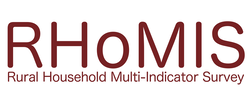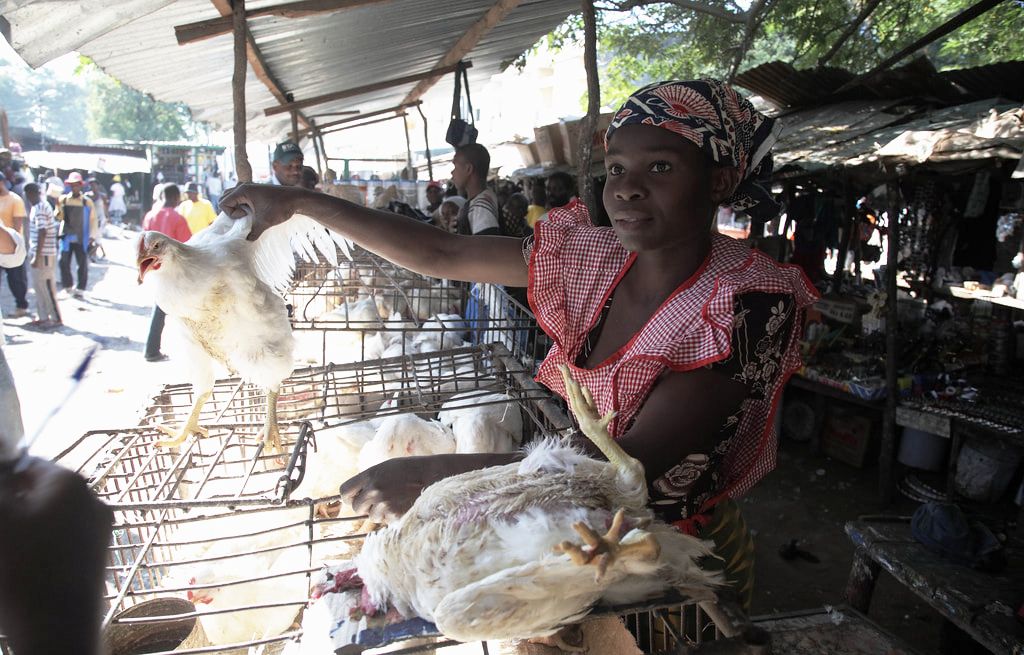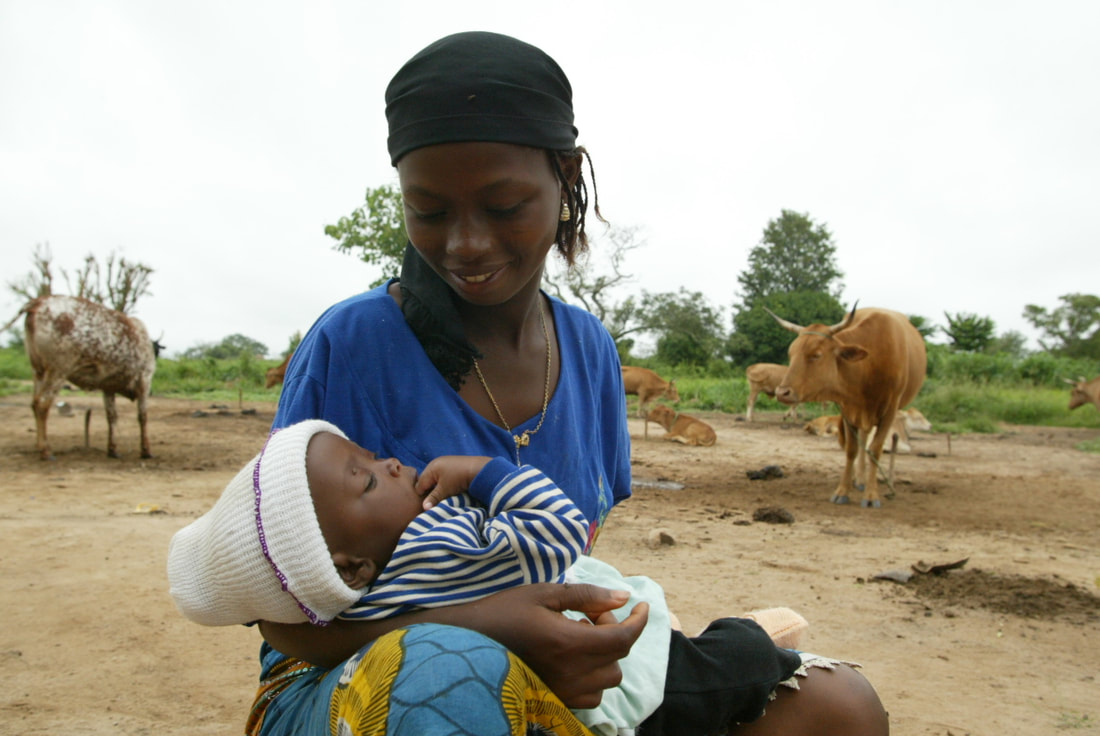|
Scientists and development practitioners around the world are working with smallholder farmers to transform their agricultural practices to better adapt to, and even mitigate, climate change. The international development community has prioritized two strategies in this regard - increasing the sale of crop and livestock products through increased market participation (commercialization) and increasing the number of crop and livestock species on-farm (diversification). However, little is known as to the gendered impacts of these changes and specifically, whether these strategies may intensify inequalities between men and women. Luckily, RHoMIS has begun to fill this knowledge gap by collecting sex-disaggregated data from farmers across the globe on a variety of social and biophysical indicators. Using RHoMIS data from 2,859 households in Ethiopia, Kenya, and Tanzania, myself and a team of 18 co-authors were able to set out and investigate these impacts across different farming systems and household types. Our peer-reviewed article, “Intensifying Inequality? Gendered Trends in Commercializing and Diversifying Smallholder Farming Systems in East Africa” was published in Frontiers in Sustainable Food Systems (open access) earlier this year.
These observations informed my thinking on how gender inequalities are multifaceted and contested within and outside of households and how the very categories of ‘men’ and ‘women’ can eclipse other important social dynamics. As I dived into the data, I was curious to see if RHoMIS would allow for additional nuance beyond the typical “head of household” sex-disaggregated analysis. I was elated to find that RHoMIS collects additional gender-disaggregated data. When deciding on the unit for gender analysis, we chose to integrate the sex of the respondent and their marital status (e.g. married or single) to represent each RHoMIS farm household. We called this unit the “gender-respondent-household-typology”, which we divided into three categories: men respondents in coupled households, women respondents in coupled households, and women respondents in single households (in the data there were no male single households). We decided on this aggregation for two reasons – first, to recognize that a full gender analysis is not possible without looking at the intersecting categories of social difference (intersectionality) that contribute to men’s and women’s experiences of inequalities. Second, to address the issue of gender respondent bias, which has been shown to play an important mediating factor in household survey response trends (more here). Using this approach, we were able to explore how the ‘female control indicator’ (which accounted for women’s control over incomes and foodstuffs produced through both on and off farm activities) was related to the household’s commercialization strategy, crop diversity, and livestock diversity, and how these relationships could differ by the gender and marital status of the respondent. After performing descriptive and inferential statistical analysis, our study results highlighted the trade-offs between farming practices and female control across gender-respondent-household typologies. Female control scores were highest in farming systems with more land and more livestock. However, increasing commercialization resulted in an overall decline in female control across farming systems and gender-respondent-household typologies. In contrast, crop and livestock diversification were positively associated with female control across gender-respondent-household typologies. Interestingly, there were often statistically significant differences in levels of control reported between respondent categories, however, these differences were only in ‘degree’ since the overall trend reported by married men and women, and single women, were the same! In addition to the aggregated RHoMIS indicator data, we were able to ‘break open’ the indicators to analyze gendered control over specific crop and livestock products across farming systems. These analyses revealed women have far greater control over decisions related to consumption than decisions related to sales, although the gap between the two were less pronounced in lesser-valued livestock products (chickens, eggs). However, the analyses suggest that as sale of crops and livestock increase, female control over these areas could likely diminish, regardless of specific activity.
Reflecting on our experiences using this data, we believe RHoMIS can contribute towards cutting-edge gender research for agricultural development in several ways:
2 Comments
Your comment will be posted after it is approved.
Leave a Reply. |
RHoMIS BlogThe RHoMIS blog is written by a community of practice. The COP is made up of RHoMIS users and creators from across the world. Here we share their stories of how RHoMIS is helping to record and analyse household data. Archives
May 2020
Categories
All
|




 RSS Feed
RSS Feed